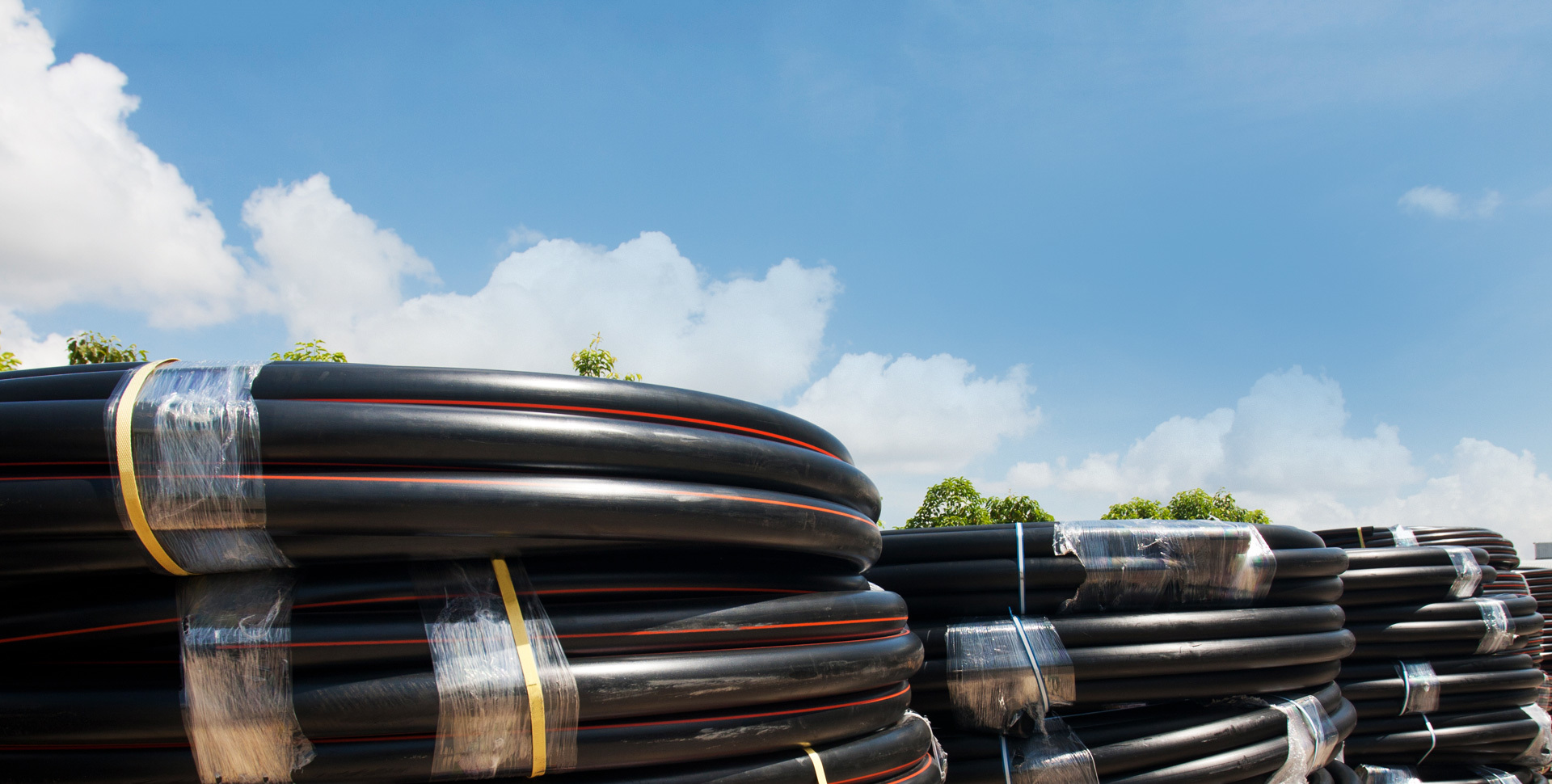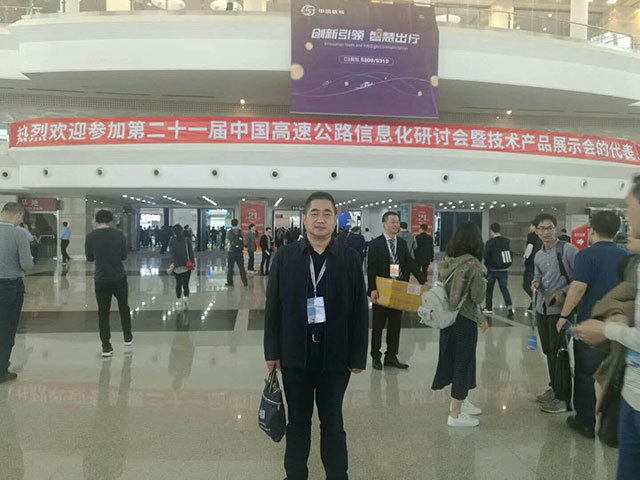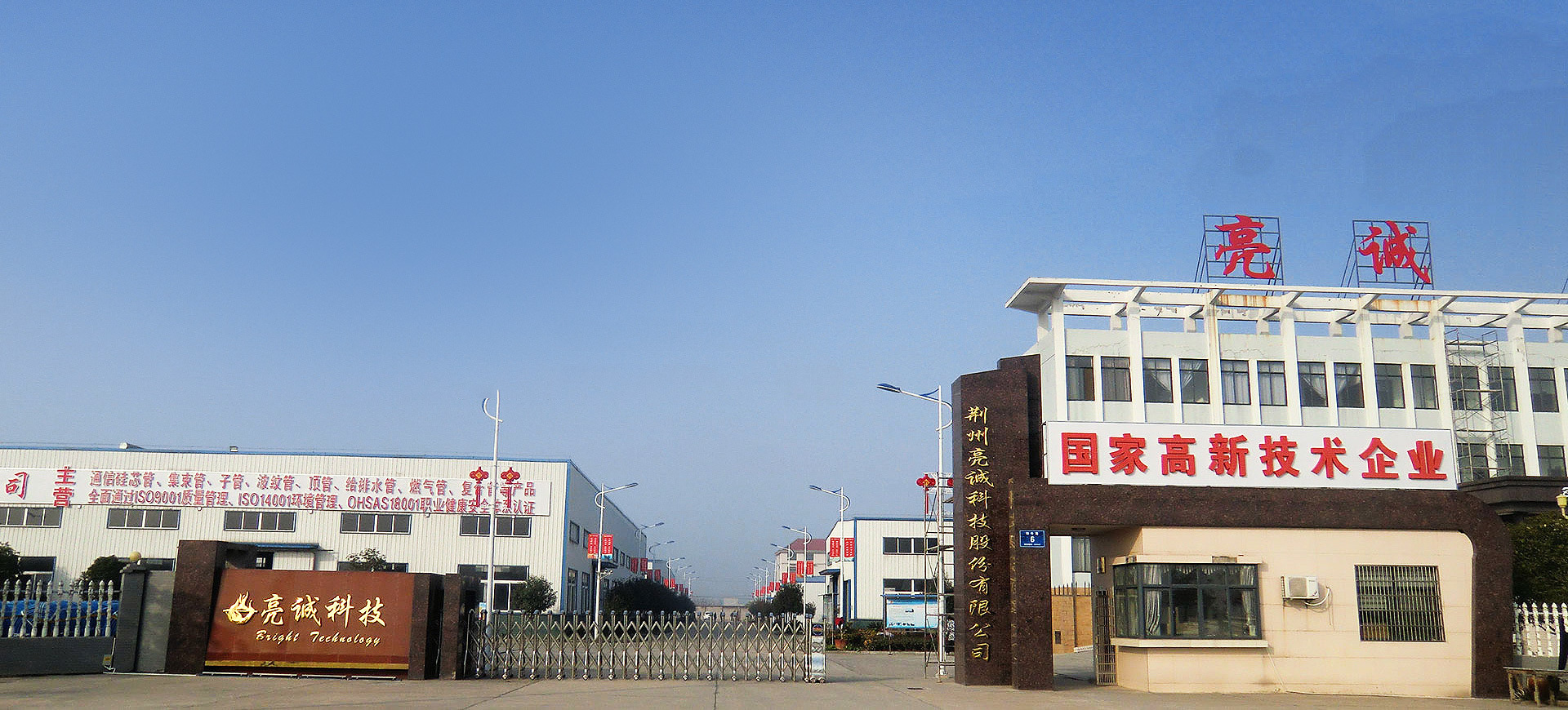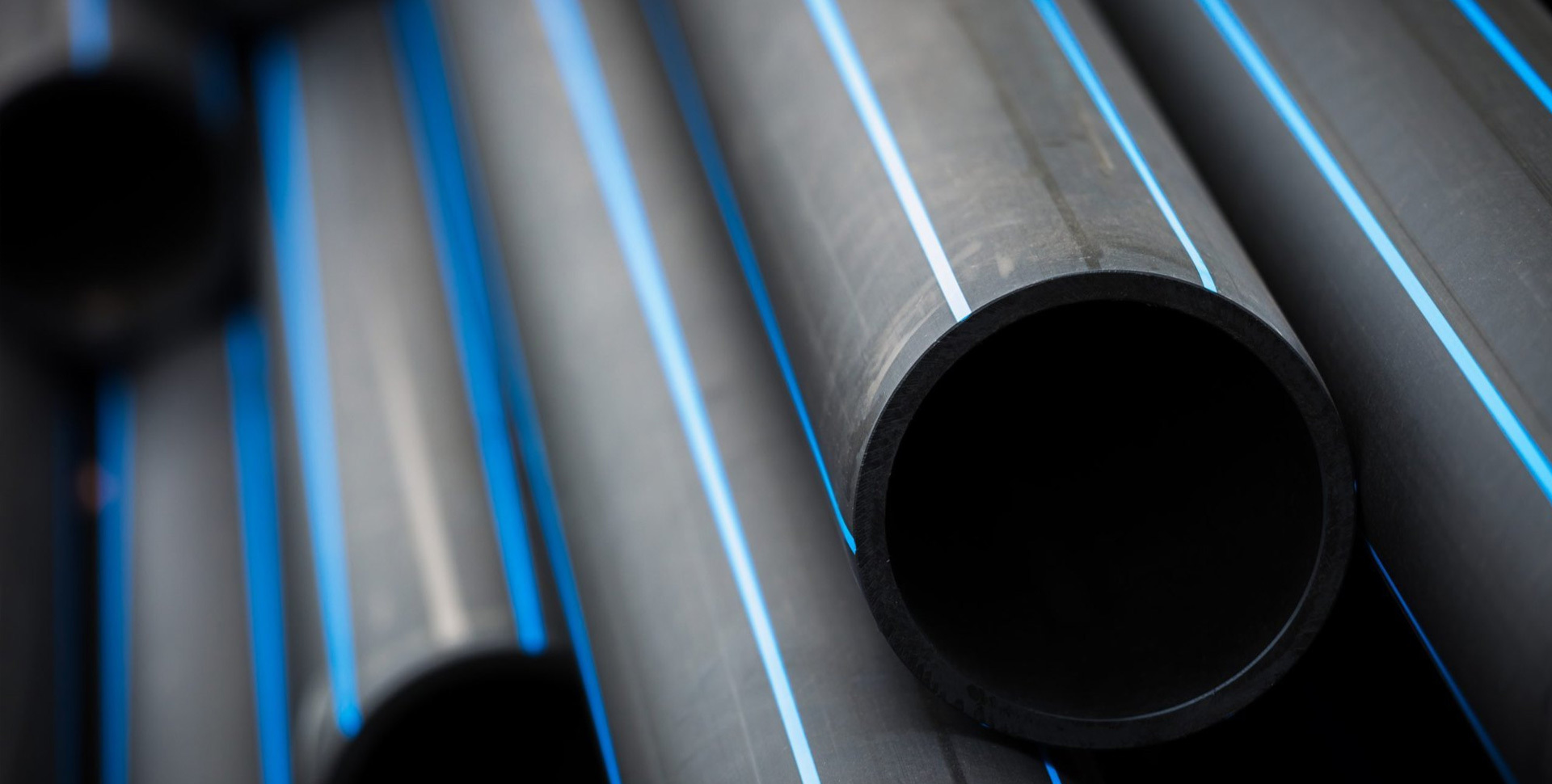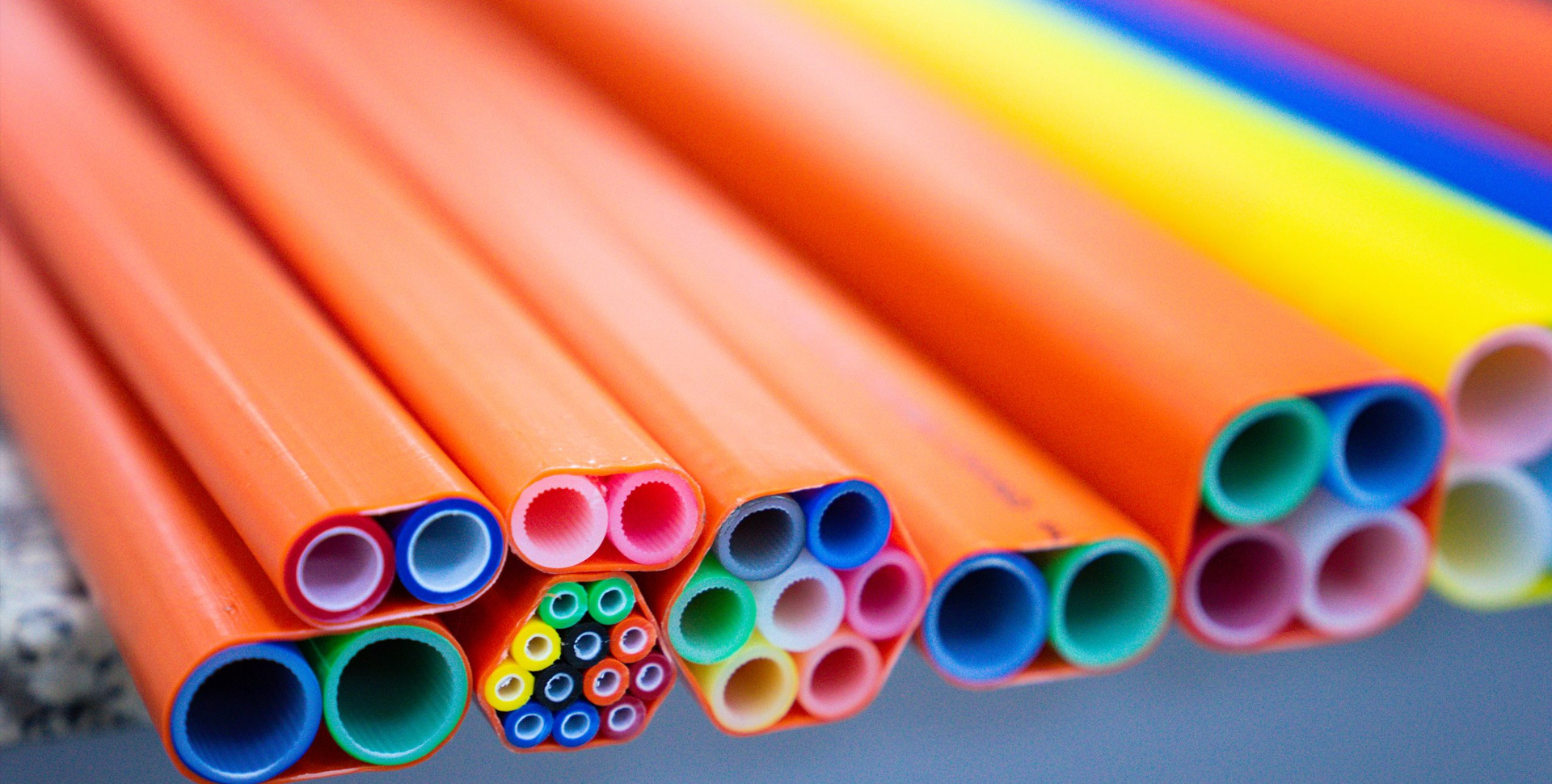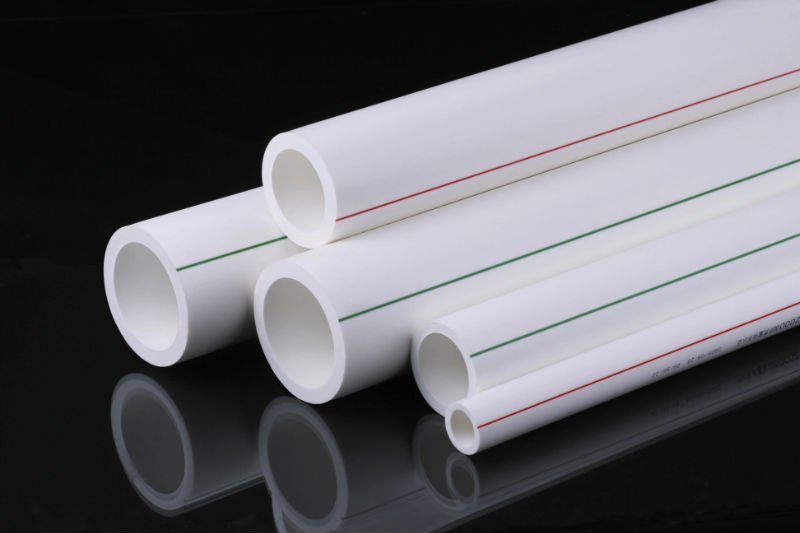Optimizing Cable Security: The Benefits of Multi-hole Optical Tubes
Jan 12,2025
Optimizing Cable Security: The Benefits of Multi-hole Optical Tubes
Table of Contents
- 1. Introduction to Multi-hole Optical Tubes
- 2. Understanding Multi-hole Optical Tubes
- 3. Advantages of Multi-hole Optical Tubes
- 3.1 Enhanced Cable Protection
- 3.2 Improved Installation Efficiency
- 3.3 Flexibility and Customization
- 3.4 Cost-effectiveness
- 3.5 Durability and Longevity
- 4. Applications of Multi-hole Optical Tubes
- 5. Installation Considerations for Multi-hole Optical Tubes
- 6. Maintenance and Care of Multi-hole Optical Tubes
- 7. The Future of Optical Cable Security
- 8. FAQs About Multi-hole Optical Tubes
- 9. Conclusion
1. Introduction to Multi-hole Optical Tubes
In the rapidly evolving landscape of telecommunications and data transmission, the significance of cable security cannot be overstated. As fiber optic networks become increasingly integral to our daily lives, the need for robust solutions to protect these valuable components is paramount. **Multi-hole optical tubes** have emerged as a versatile and effective method to secure fiber optic cables, offering various benefits that enhance both security and performance. In this article, we will delve into the advantages, applications, and best practices for using multi-hole optical tubes in fiber optic networks, providing a comprehensive guide for industry professionals and stakeholders.
2. Understanding Multi-hole Optical Tubes
**Multi-hole optical tubes** are specialized conduits designed to house multiple fiber optic cables within a single structure. These tubes feature several channels or holes, which allow multiple cables to run through simultaneously while maintaining their integrity and preventing interference. The design of multi-hole optical tubes can vary depending on the application, but they typically incorporate durable materials that resist environmental factors, ensuring the protection of the cables inside.
The architecture of multi-hole optical tubes allows for efficient cable management, making them ideal for various installations, from residential to commercial settings. The ability to house multiple fibers in one tube simplifies the installation process and reduces the risk of damage during handling and installation.
3. Advantages of Multi-hole Optical Tubes
Multi-hole optical tubes offer numerous advantages that enhance cable security and performance. Below, we explore some of the most prominent benefits.
3.1 Enhanced Cable Protection
One of the primary benefits of multi-hole optical tubes is their capacity for **enhanced cable protection**. By enclosing multiple fiber optic cables within a single protective tube, these solutions minimize the risk of physical damage due to external factors such as abrasion, moisture, and impact. This added layer of protection is particularly crucial in environments where cables may be exposed to harsh conditions or potential tampering.
Moreover, multi-hole optical tubes can be designed to be weather-resistant and UV-stabilized, making them suitable for outdoor applications where exposure to the elements is a concern.
3.2 Improved Installation Efficiency
The design of multi-hole optical tubes significantly contributes to **improved installation efficiency**. By consolidating multiple cables into one tube, technicians can streamline the installation process, reducing the time and labor required. This efficiency is particularly beneficial in large-scale installations where hundreds or thousands of feet of fiber optic cable need to be laid.
Additionally, multi-hole optical tubes can often be installed using standard installation practices, eliminating the need for specialized tools or techniques. This accessibility makes them a favorable choice for both experienced technicians and those new to fiber optic installations.
3.3 Flexibility and Customization
**Flexibility and customization** are two key advantages of multi-hole optical tubes. These tubes can be manufactured in various sizes, shapes, and materials to accommodate the specific needs of a project. Whether a facility requires a single conduit for a small number of cables or a robust system to manage a large network, multi-hole optical tubes can be tailored accordingly.
This customization extends to the internal configuration of the tubes, allowing for specific layouts that optimize performance and reduce the potential for signal interference.
3.4 Cost-effectiveness
Investing in multi-hole optical tubes can provide considerable **cost-effectiveness** for businesses and organizations. By consolidating multiple cables into a single tube, companies can reduce the need for additional materials, such as protective sheathing and individual conduits, leading to lower overall material costs.
Moreover, the efficiency gained during installation translates to reduced labor costs. Faster installations mean that technicians can complete their work more quickly, allowing for more projects to be undertaken within the same timeframe.
3.5 Durability and Longevity
Multi-hole optical tubes are designed with **durability and longevity** in mind. Constructed from high-quality materials, these tubes are built to withstand the rigors of installation and environmental exposure. Their robust nature ensures that the cables remain protected over extended periods, reducing the need for frequent replacements or repairs.
In addition to physical durability, many multi-hole optical tubes are engineered to minimize signal loss, contributing to the overall efficiency and performance of the fiber optic system.
4. Applications of Multi-hole Optical Tubes
The versatility of multi-hole optical tubes makes them suitable for a wide range of applications. Some common uses include:
- **Telecommunications Networks**: Inserting multiple fiber optic cables into a single tube aids in the organization and protection of network infrastructure.
- **Data Centers**: Multi-hole optical tubes facilitate efficient cable management in data centers, allowing for easier access and maintenance of cables.
- **Industrial Settings**: In industrial environments, multi-hole optical tubes protect cables from mechanical damage while ensuring optimal performance.
- **Residential Installations**: Home networks benefit from the streamlined organization offered by multi-hole optical tubes, simplifying installations for smart home systems.
Each application takes advantage of the unique properties of multi-hole optical tubes to optimize cable security and performance.
5. Installation Considerations for Multi-hole Optical Tubes
When planning to install multi-hole optical tubes, several considerations must be taken into account to ensure a successful deployment.
- **Planning and Design**: Before installation, a detailed plan should be created, outlining the layout and requirements for cable management. This plan should consider factors such as the number of cables, their sizes, and the environment in which the installation will take place.
- **Proper Sizing**: Selecting the appropriate size of the multi-hole optical tube is crucial. The tube should accommodate the required number of cables without excessive crowding, which could lead to damage or signal loss.
- **Environmental Protection**: Depending on the installation location, additional protective measures may be necessary to safeguard the tubes from extreme weather, pests, or physical impact.
Attention to these factors during installation will help maximize the benefits of multi-hole optical tubes.
6. Maintenance and Care of Multi-hole Optical Tubes
Maintaining multi-hole optical tubes is essential to ensure their long-term performance and reliability. Regular inspections should be conducted to check for any signs of wear, moisture intrusion, or damage. If any issues are detected, timely repairs should be made to prevent further problems.
Additionally, keeping the surrounding area clear of debris and contaminants will help prolong the life of the tubes and the cables housed within.
7. The Future of Optical Cable Security
As technology continues to advance, the importance of cable security will only grow. Innovations in materials and design for multi-hole optical tubes will likely lead to even more effective solutions for protecting fiber optic networks. Emerging trends may include smarter tubes equipped with monitoring systems to detect potential breaches or environmental hazards.
The future of optical cable security appears promising, with ongoing research and development aimed at enhancing the resilience and functionality of multi-hole optical tubes.
8. FAQs About Multi-hole Optical Tubes
What are multi-hole optical tubes?
Multi-hole optical tubes are specialized conduits designed to house multiple fiber optic cables within a single structure, providing protection and organization.
How do multi-hole optical tubes enhance cable security?
They offer a protective enclosure that minimizes the risk of physical damage while also reducing signal interference between cables.
What are the advantages of using multi-hole optical tubes?
The advantages include enhanced cable protection, improved installation efficiency, flexibility and customization, cost-effectiveness, and durability.
Can multi-hole optical tubes be customized for specific projects?
Yes, multi-hole optical tubes can be tailored in size, shape, and internal configuration to meet the specific needs of a project.
What maintenance is required for multi-hole optical tubes?
Regular inspections should be conducted to check for wear or damage, and the surrounding area should be kept clear of debris to prolong tube life.
9. Conclusion
In conclusion, multi-hole optical tubes represent a significant advancement in cable security and management within fiber optic networks. Their ability to provide enhanced protection, improve installation efficiency, and offer flexibility makes them a valuable asset in various applications. As the demand for secure and efficient telecommunications infrastructure continues to evolve, integrating multi-hole optical tubes into fiber optic installations becomes increasingly prudent. By prioritizing cable security through innovative solutions like multi-hole optical tubes, organizations can ensure the reliability, performance, and longevity of their networks in an ever-connected world.
Latest News

